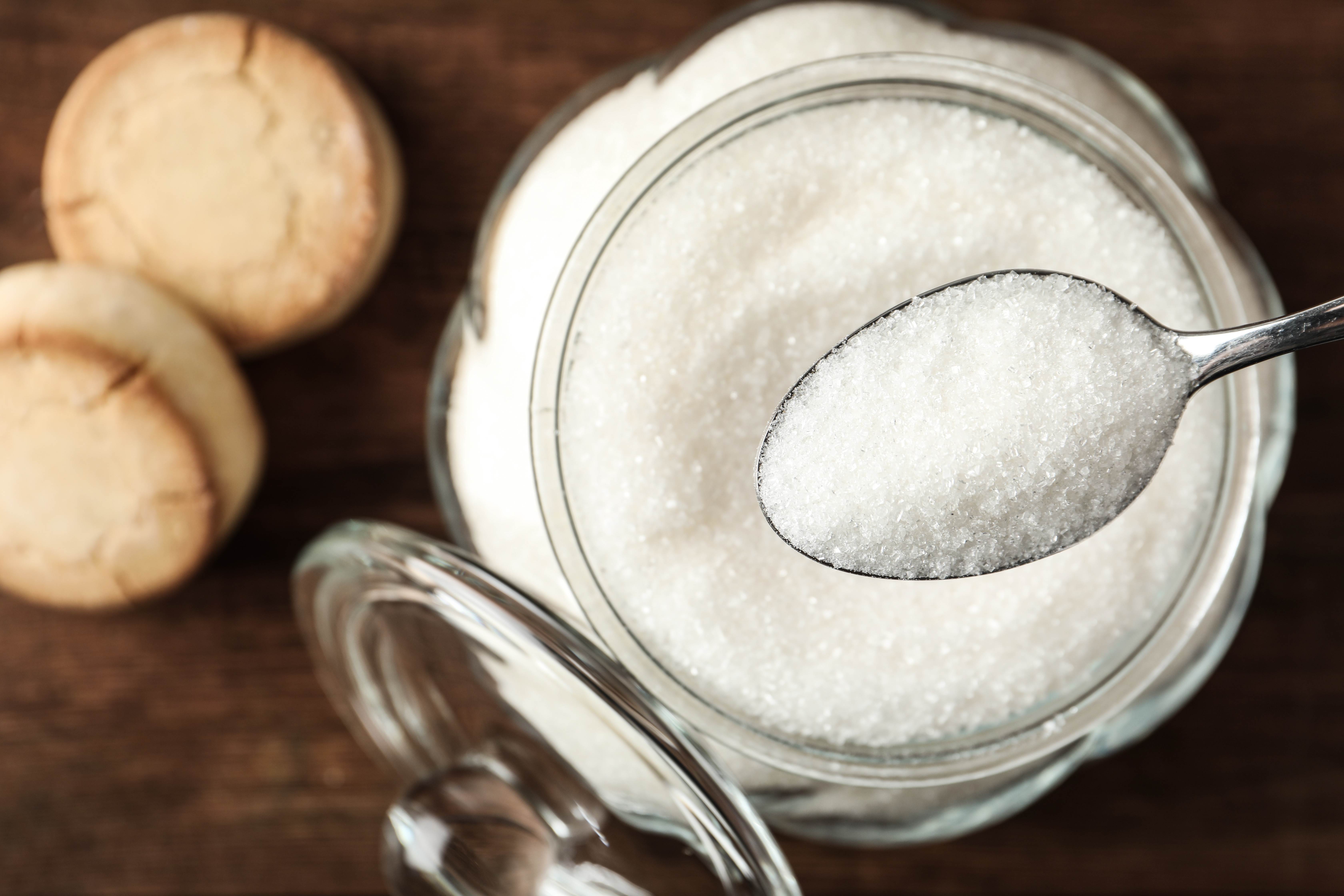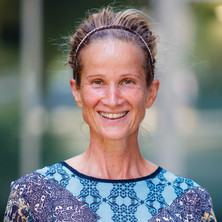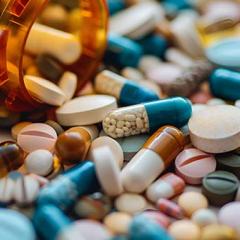There are two types of diabetes: type 1 and type 2. Type 1 diabetes results from the inability of the pancreas (due to an autoimmune condition for example) to produce insulin, the hormone key to facilitate the movement of glucose from the blood circulation into many cells in the body. This type of diabetes can occur from birth or in early adulthood and requires daily insulin injections. Type 2 diabetes results primarily from pancreas exhaustion due to dietary habits that require the pancreas to produce insulin often and in large quantity to move the elevated glucose from the circulation into cells.
 Glucose is the most simple sugar absorbed from the diet. It is found in the diet simply as glucose or combined with other simple sugars fructose or galactose to form sucrose (table sugar) and lactose (in milk) respectively; or in large networks of glucose molecules (starch as found in grains, some fruit, and vegetables). Simple sugars and starch are both called carbohydrates.
Glucose is the most simple sugar absorbed from the diet. It is found in the diet simply as glucose or combined with other simple sugars fructose or galactose to form sucrose (table sugar) and lactose (in milk) respectively; or in large networks of glucose molecules (starch as found in grains, some fruit, and vegetables). Simple sugars and starch are both called carbohydrates.
The glucose found in the diet is absorbed directly, but when it is combined with other sugars or many other glucose molecules, it first has to be freed by digestive enzymes to be absorbed. The larger the network of glucose molecules, and the more fibre is present in the food matrix, the slower the glucose is freed and absorbed.
Foods and beverages with glucose more rapidly absorbed include those sweetened with sugar (“added sugar”) or made with refined flour. On the other hand, whole or blended fruit and vegetables, whole grain breads, pasta and cereals contain glucose and fibre, which means that the absorption of glucose is gradual because the presence of fibre slows down the digestion of carbohydrates, and therefore the freeing of glucose.
This is important, because when glucose molecules are absorbed, they raise the blood glucose level. This is the signal for the pancreas to produce insulin to push this influx of glucose into the cells of the body to make energy, fill-up glycogen stores, or when in excess produce fatty acids for storage (which can result in weight gain).
Therefore, if the diet provides often and generous amounts of simple sugars throughout the day (breakfast cereals made of refined grains and added sugar, confectionaries, cakes and biscuits, sugar sweetened beverages (SSB) etc) large amounts of insulin are constantly required to keep the blood sugar level in balance.
Will this lead automatically to type 2 diabetes?
Type 2 diabetes does not develop overnight and several factors are at play including excess weight and cardiovascular risk factors; however the association between SSB and the risk of developing type 2 diabetes is well established for over a decade, and is repeatedly observed in various age groups, and in a variety of populations.
SSB deliver a significant amount of sugar per standard serve in a very short time compared to most dietary items. Therefore, reducing sugar intake could start by avoiding SSB, and choosing carbohydrate foods rich in fibre: whole fruit as opposed to fruit juice or fruit dessert, whole grains when consuming any grain products, increasing vegetables in dishes.
Even modest adherence to the Mediterranean diet, which typically provides plenty of whole foods and excludes ultra-processed foods rich in refined carbohydrate devoid of fibre, was linked to a decreased incidence of type 2 diabetes in a meta-analysis including a large sample of young and middle-age adults.
 AUTHOR: Dr Veronique Chachay is the coordinator and lecturer of the nutrition science courses in the undergraduate nutrition major Programs, and the applied food science for dietetics course in the Master on Dietetics Studies, in the School of Human Movement and Nutrition Sciences.
AUTHOR: Dr Veronique Chachay is the coordinator and lecturer of the nutrition science courses in the undergraduate nutrition major Programs, and the applied food science for dietetics course in the Master on Dietetics Studies, in the School of Human Movement and Nutrition Sciences.



